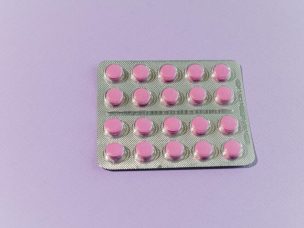Children with sickle cell disease have a poorer quality of life compared to their peers and tend to miss more school because of pain and hospitalizations. As a result, their treatment should be focused on improving quality of life.
Sickle cell disease (SCD) is a genetic blood disorder characterized by the sickled shape of red blood cells. Dysfunctional red blood cells occlude the blood vessels, leading to organ damage and cardiovascular complications. Pain and physical impairment caused by SCD can be detrimental to mental health and overall daily functioning, especially in children. At this sensitive period of socio-emotional development, children face unique challenges and are especially vulnerable to reduced quality of life.
A review of the recent literature on pediatric patients found that children with SCD had a lower health-related quality of life (HRQL) than their peers. Disease severity, pain, demographic variables, and sociocultural factors all appeared to reduce HRQL. Disease-related complications such as stroke, acute chest syndrome, pain management, and vaso-occlusive crises require timely treatment, often resulting in hospitalization. Regular hospitalizations make students more likely to miss school and after-school events, affecting their relationships with teachers and peers, academic performance, and cognitive development. Children were reported to have missed up to 8 weeks of school because of frequent pain episodes.
Children receiving regular transfusion therapy reported improved quality of life, likely as a result of improved symptoms and fewer acute episodes. This finding highlights the need for consistent symptom management in children.
With a population as vulnerable as children, new frameworks must be developed to determine proper interventions that will improve their quality of life. The increased inclusion of children in recent studies shows the importance of understanding how children are specifically impacted by SCD. Recommendations for future interventions include holistic approaches to pediatric SCD treatment and an emphasis on all of the psychosocial factors affecting their treatment response and quality of life.
Stokoe, M., Zwicker, H. M., Forbes, C., Abu-Saris, N., Fay-McClymont, T. B., Désiré, N., Guilcher, G. M. T., Singh, G., Leaker, M., Yeates, K. O., Russell, K. B., Cho, S., Carrels, T., Rahamatullah, I., Henry, B., Dunnewold, N., & Schulte, F. S. M. (2022). Health related quality of life in children with sickle cell disease: A systematic review and meta-analysis. Blood Reviews, 56, 100982. https://doi.org/10.1016/j.blre.2022.100982









